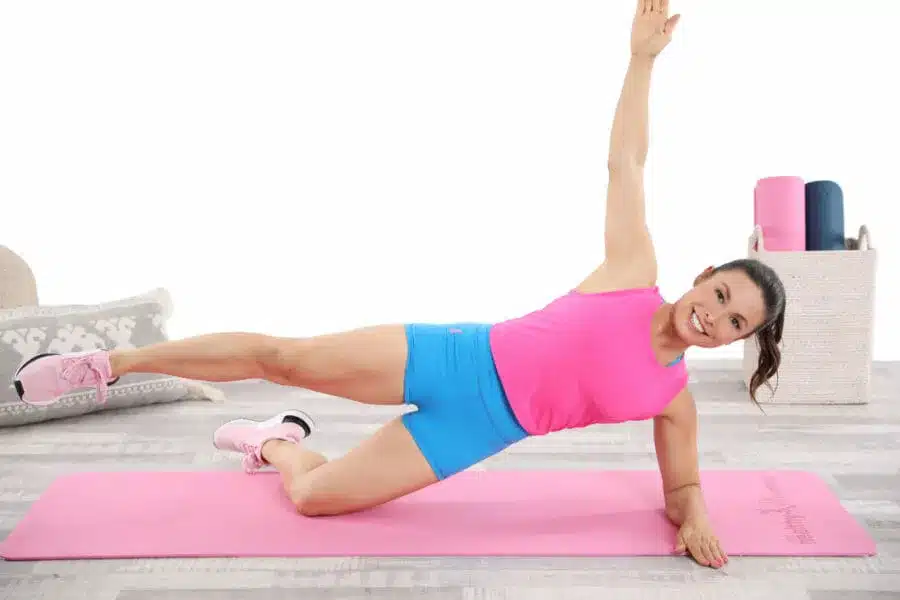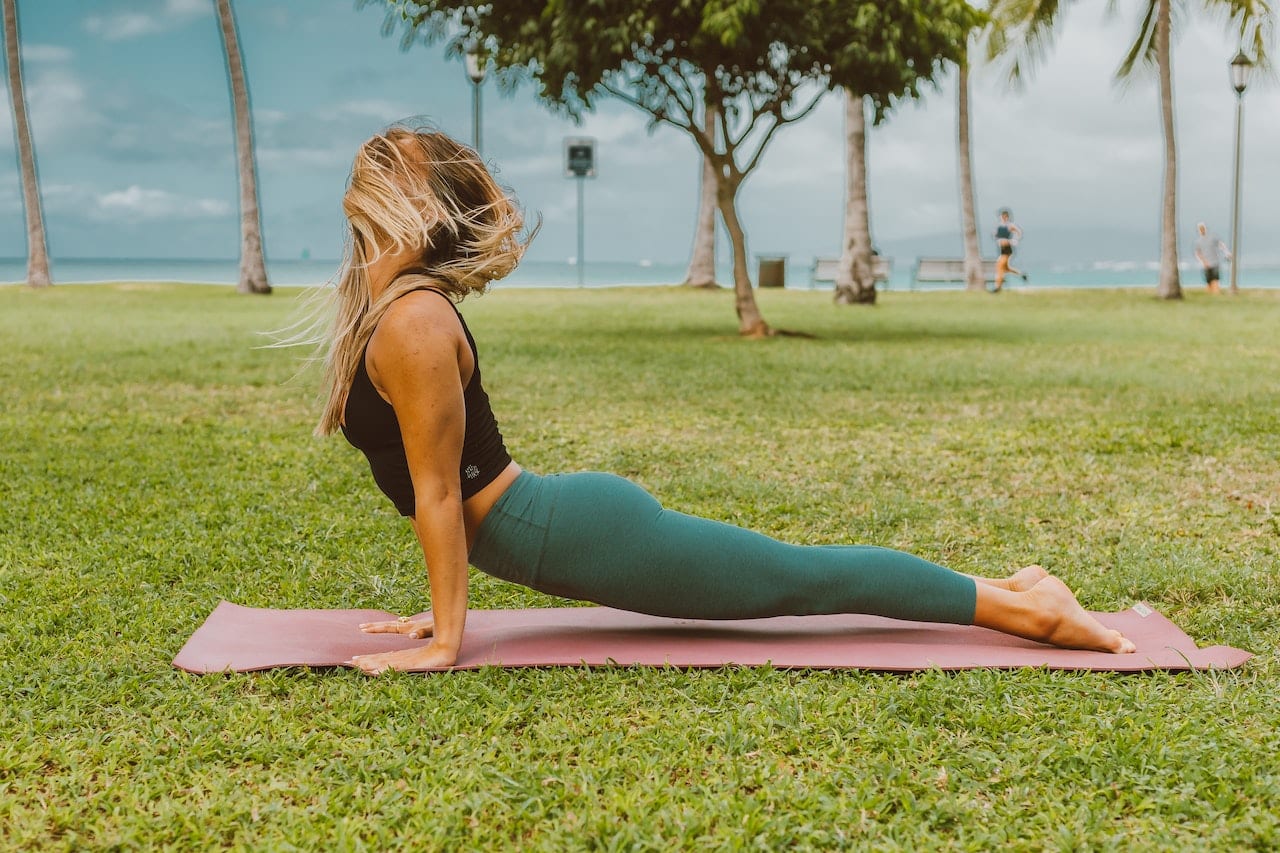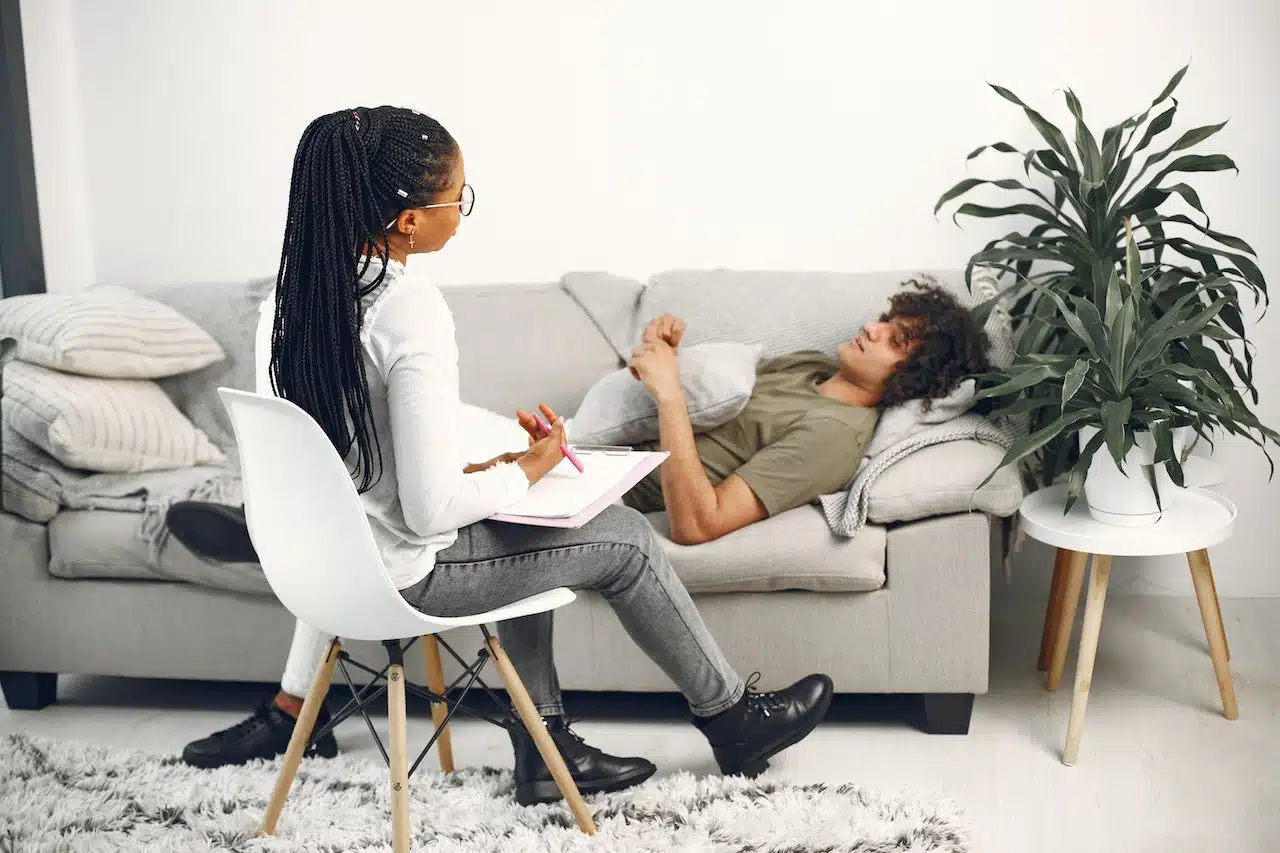Exercise is vital for any older adult who wants to remain healthy. Studies have shown that older adults who exercise regularly have better balance and a lower risk of falls.
They have better control of their blood sugar levels, better flexibility, a better quality of sleep, and fewer symptoms of depression.
They will also improve their muscle strength and have less arthritis pain in their hips and knees.
There are many books and articles encouraging Exercise for Older Adults.
Exercise For Older Adults.
It is easy to understand that exercise is good at any age, but determining the right exercise program is not so easy, in fact, it can be difficult.
People have different body shapes, different medical issues, and different musculoskeletal problems.
That’s the reason it is not advisable to start an exercise program that is not adjusted to meet the specific needs of the individual older adult.
One must carefully choose a trainer when joining a gym or health club. Many athletic trainers are not trained to understand all the potential risks and dangers involved with training older people.
The older person needs someone who understands the subtle issues that come with aging muscles and ligaments.
In addition, much older people have arthritis and osteoporosis, which changes the normal body alignment during exercise. Others may have degenerative changes in the spine.
If a trainer doesn’t pay attention to these details, the person could get hurt.
You must train a seventy-eight-year-old woman differently than an eighteen-year-old football player. You must be very careful.
Aerobic Exercise.
Endurance exercise will help you to strengthen your heart and lungs. It increases your stamina as well.
Many older adults have atherosclerosis (plaque) in their coronary arteries, which places them at a higher risk for heart attacks.
Older adults who have not exercised for years should talk to their doctor first before starting an aerobic exercise program.
The doctor may determine whether the person’s heart is able to tolerate the increased exertion associated with exercise.
It is generally recommended that people should try to exercise for thirty minutes at 75% to 80% of their maximum target heart rate.
The maximum heart rate is calculated using the simple formula 220 – your age in years. This formula doesn’t work well for many older people.
For the older adult who has not exercised for years and wants to start exercising. It is recommended to set a goal of 60% – 65%, rather than 75 – 80%. For those who can’t exercise for the full 30 minutes, two 15-minute periods or three 10-minute periods may suffice.
Be careful before you buy any of those heart rate meters if you are on heart medications called beta-blockers; which can slow down your heart rate. Many pacemakers regulate how fast the heart can beat.
If you have an irregular heart rhythm problem called atrial fibrillation, you also must be careful.
So how hard should older people exert themselves? It proclaims that they should be able to talk comfortably while exercising.
Stretching.
With stretching exercises, you also must be careful, especially if you haven’t stretched for decades.
During that time your tendons (which attach muscles to bones) and ligaments (which attach bones together); have undergone a variety of degenerative changes and the water content decreases.
The water content of cartilage also decreases. As a result, most people become less flexible as they age.
Tendons and ligaments tend to tear easier and when they tear, the healing process is slower.
Here are some helpful hints on stretching from the National Institute on Aging:
Stretching exercises should only be done after a warming-up period by walking or some gentle bicycle riding.
Especially during the wintertime when your joints and ligaments are stiffer because of the cold weather.
Stretching should cause some minor discomfort, but it should not be painful. If you are feeling pain, you need to lessen the tension or stop.
Move slowly into a stretching position. Quick jerking motions can cause an injury. Hold the position for at least twenty to thirty seconds.
If you can’t hold the stretch that long, then you are overstretching, and you need to do it more gently. We believe that all frail older people should consult with their; physician or their physical therapist before starting a stretching regimen.
Don’t do just stretching exercises that you saw someone perform on TV or at the gym. Even a yoga or Pilates class that is not specifically layout for the untrained older adult can lead to injuries.
Weight Training.
There is some truth in the saying: “use it or lose it”. The truth is that many older folks don’t have much more than they can afford to lose.
This brings up the concept of the functional reserve, which refers to the amount of extra work that can be done by an organ or muscle when needed.
By the time some older people reach their eighties or nineties, they have such a small functional reserve in their muscles that they can barely out of bed or walk.
Many older people take up exercise programs that involve lifting weights. By lifting weights their muscles will grow and become stronger.
Weight training would appear on the surface to make sense. Increasing muscle size and strength could help many older people who have lost some of their size and strength over the years.
The truth is that older adults need to be careful before beginning a weightlifting program. Proper instruction with the correct weight and form is critical.
We cannot overemphasize the danger that a poorly designed weight training regimen poses to the joints, tendons, and ligaments of older people.
Studies have shown that a carefully designed regimen may make older people’s muscles a little bigger and stronger.
Any benefits gained have usually been lost once the study is over. Research has not been able to show that weight-training exercises by themselves can decrease the level of disability among frail older people.
Some Recommendations For Folks Who Have Not Exercised For Decades.
- Walking – is very simple and very effective. Even 15 minutes twice a day can help improve one’s lung function and lowers the blood sugar levels in patients with diabetes.
For people who are out of shape, this is a nice way to exercise without putting much stress on joints.
- Pool exercises – you don’t have to do laps in the pool. Walking in the pool or simply moving your arms and legs as you stand in the shallow end of the pool is an excellent way to exercise.
Buoyancy provides support to joints during movement and even provides some resistance. Muhammad Ali used to do pool exercises to help him train for many of his fights.
It works very well for patients with arthritis of the hips and knees to exercise arthritic joints without putting much weight-bearing stress on the joints.
- Stationary bicycle – when done at low speeds and low resistance this exercise can be of great benefit to patients with arthritic knees.
- Tai chi – this Chinese martial art promotes balance and strengthening without putting much stress on the joints and ligaments.
Although It Does Not Involve Punching Or Kicking.
It is still considered a martial art. It has also been shown in several studies to improve balance and decrease the risk of falls in older adults.
- Yoga – many older adults enroll in yoga classes in order to enjoy its many health benefits. These benefits include increased flexibility, improved balance, and an improved sense of well-being.
However, older adults must be very careful. There are yoga classes that cater to clients who have medical challenges as well as older adults.
Look for a yoga instructor who has experience in adapting poses for individual needs.
- Custom exercises – for patients who can no longer walk, there are even exercises that a physical therapist can design to be done in bed or in a chair.
Please Note.
It’s mentioned to start slowly with exercise. Once started, some folks get quite motivated and excited about their new exercise regimen.
The improvement in how they feel, and, in their exercise, performance helps to motivate them further.
As the number of exercises increases, we often see that many of them succumb to joint and ligament injuries. The point is that even if you think you can do more, it urges you not to do so.

Questions To Ask Your Doctor:
- Is it safe for me to exercise?
- What type of exercise should I be doing?
- Are there exercises I should avoid doing?
- Is this Exercise for Older Adults?
A final tip; Exercise for Older Adults, Proceed with caution when starting an exercise program. Start easy and work your way up slowly.
Sources Include: National Institute on Aging
“For me, exercise is more than just physical—it’s therapeutic.”
— Michelle Obama Tweet
Check Out Our Other Articles.
- Life expectancy, Why is the US lower than other Countries? Continue Reading >>
- Does Sweating Help Reduce Belly Fat? Continue Reading >>
Browse our selection of Healthy Lifestyle products here to purchase today’s products.



















